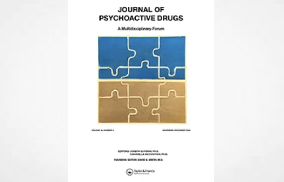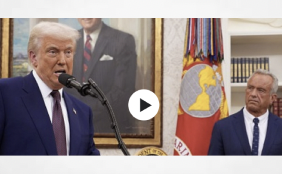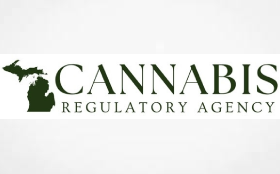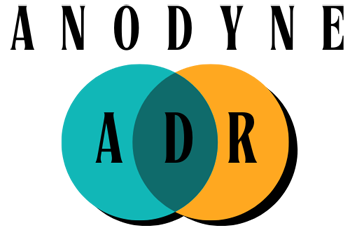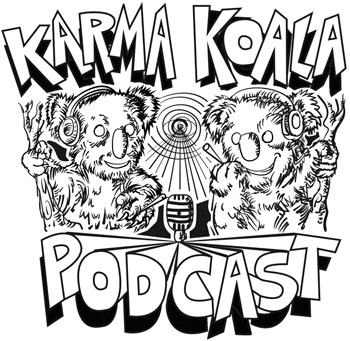As reported in Cannabis Science & Technology
As legalization and use of cannabis increases in Canada, a recently published study looked to establish a standard cannabis dose. As noted in the abstract, a standard dose could be useful in regulation, substance use guidelines, data collection, research, and also for self-monitoring and as a customary way to communicate low-risk recommendations and dose-related effects. The study “The Index of Cannabis Equivalence (ICE): A User-Centered Approach to Standardization of Cannabis Dose–Response” was published in the Journal of Psychoactive Drugs in January 2025 and received funding from Social Sciences and Humanities Research Council of Canada (SSHRC).
ABSTRACT
The increasing acceptance of cannabis use, and policy changes in several jurisdictions has led researchers and public health experts to call for a standard cannabis dose. Standard dosing units are useful tools for regulation, substance use guidelines, data collection, consistency of research, as a means of communicating low-risk recommendations and dose-related effects, and for self-monitoring. Efforts to standardize cannabis dose have focused on cannabinoid content without considering tolerance or mode. Cannabis users with diverse motivations for use and varying experience rated low, medium, and high doses across seven modes of use. The participants (N = 1368; 42% female) were 18–93 years of age (M = 31.64, SD = 14.70) who had a cannabis use history. The Index of Cannabis Equivalence (ICE) identified the following low-dose cannabis equivalencies: two puffs on a joint, pipe, herbal or concentrate vaporizer is equivalent to one hit on a bong, a 5 mg/THC edible, and ¼ dab of a concentrate. These findings are based on responses from users with lower tolerance, which may limit generalizability to those with higher tolerance. The ICE proposes standardized cannabis doses through user-derived ratings across different administration routes. The meaningful standardization of units of cannabis products in a manner similar to what has been achieved for alcohol represents a valuable step in establishing standard doses across different modes of cannabis administration.
https://www.tandfonline.com/doi/full/10.1080/02791072.2025.2449932
This study focused on tolerance and mode of ingestion, more so than most studies, which focused on cannabinoid content.
“Different cannabis consumption methods can produce varied psychoactive effects, which makes it difficult to establish comparable doses across products,” explains Dr. Michelle St. Pierre, co-author of the study, in a news release from the University of British Columbia (UBC) Okanagan Campus (2). “The ICE addresses this challenge by providing user-informed equivalencies grounded in psychoactive effects, offering a practical framework to help individuals make informed decisions and better manage their cannabis use.”
It involved 1368 participants (42% were female) between the ages of 18 – 93, and all of whom had used cannabis in the past. The resulting The Index of Cannabis Equivalence (ICE) was created and established the following equivalents of a “low-dose” of cannabis: “two puffs on a joint, pipe, herbal or concentrate vaporizer is equivalent to one hit on a bong, a 5 mg/THC edible, and ¼ dab of a concentrate” (1).
The abstract noted that the ability to generalize these results to a population with high tolerance may be limited, as they were based on participants who had reported lower tolerance. The researchers also concluded that, “The meaningful standardization of units of cannabis products in a manner similar to what has been achieved for alcohol represents a valuable step in establishing standard doses across different modes of cannabis administration.”
“By creating practical and user-centred guidelines, the ICE can support harm reduction, public health initiatives and consumer education while improving consistency in research and policy,” says Dr. Zach Walsh of UBCO’s Department of Psychology, co-author of the study.
Dr. Walsh and Dr. St. Pierre conduct research at the Therapeutic, Recreational and Problematic Substance Use Lab at UBC. One of their recent studies examined patient perspectives when approaching the therapeutic use of psychedelics with their physicians (3).
